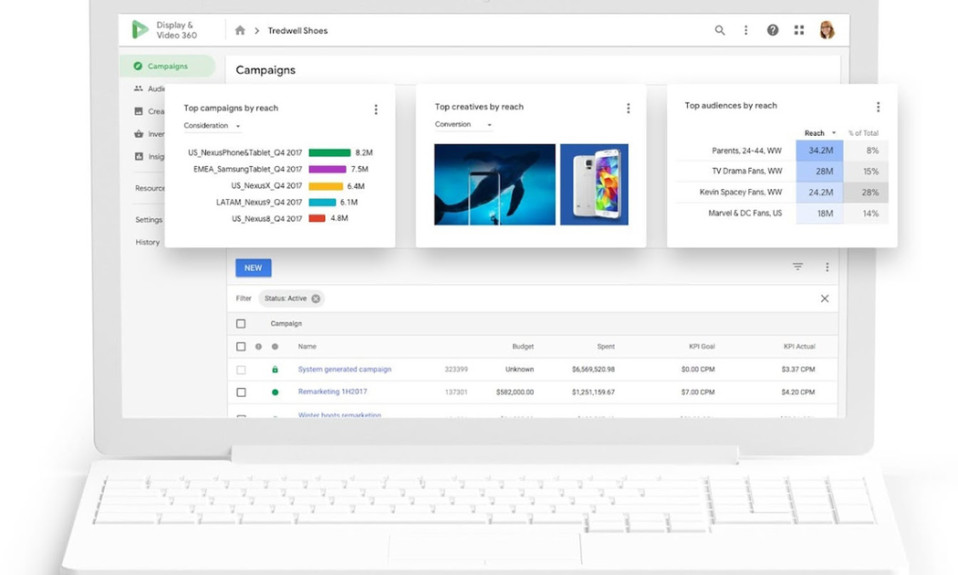Google is rolling out its clean room collaboration, which will be key to opening new data pathways in the ad tech ecosystem as programmatic advertisers prepare for a post-cookie internet. Google has slowly been opening up to more clean room providers, including InfoSum, Habu and LiveRamp, which have services for publishers and advertisers that transact in online ads through Google’s Display and Video 360 demand side platform. And last week, Google made a core data product—called PAIR—widely available through those partners.
PAIR stands for “publisher advertiser identity resolution” and it’s a new way for marketers and publishers to match audiences for targeted ads while securing customer data in the clean room tech from Habu, InfoSum and LiveRamp. Google has its own clean room known as Google Ads Data Hub, which marketers and publishers also use to reconcile data sets for targeting and measuring ads online. Since October, Google has been making clean room functions available to more third parties that have adopted PAIR, and now the clean room partners all said the tool is generally available. Google’s work with clean rooms has been viewed as a step toward more openness in its tightly controlled ad platform, giving publishers and marketers more flexibility to work with their own data sets and marketing partners.
Also read: A guide to data clean rooms
“What they [Google] were looking to build with their protocol was being able to operate this outside of Ads Data Hub,” said Valerie Mercurio, VP of business development at InfoSum, the data collaboration platform. “It will be a much more neutral playing field for teams that have already adopted clean room technology.”
Clean rooms have become all the rage in online advertising as the industry develops ways to share data without disclosing customer information, or leaking that information into internet ad auctions where it can’t be protected. Also, with the deprecation of cookies in web browsers, which Apple already retired and soon Google will follow, major marketers are looking for new ways to collect their own data and use it for advertising. Brands are building first-party data sets, rather than relying on third-party cookies, to conduct targeted ad campaigns. The clean rooms are places where publishers—the sellers of ad space—and the brands can sync up audience data. Google’s PAIR was developed as one type of identity solution that could be used by advertisers using Display and Video 360.
“Google is keeping ahead of the death of third-party cookies,” Mercurio said.
PAIR is for publishers and advertisers “to provide personalized experiences to the customers they each have a trusted first-party relationship with,” according to Dan Taylor, VP of Global Ads at Google.
“Publishers can use any SSP [supply-side platform] or ad server, and PAIR can be used across all types of inventory and deal types, such as open auction and private marketplace,” Taylor said in an email to Ad Age. “We also recently announced integrations with several clean rooms to enable customer choice and help scale the workflow, data management and encryption processes for PAIR, so advertisers and publishers don’t have to do this on their own.”
“Ads Data Hub for Marketers also plans to integrate with PAIR, and based on partner feedback, we will consider adding more clean room integrations in the future,” Taylor said.









